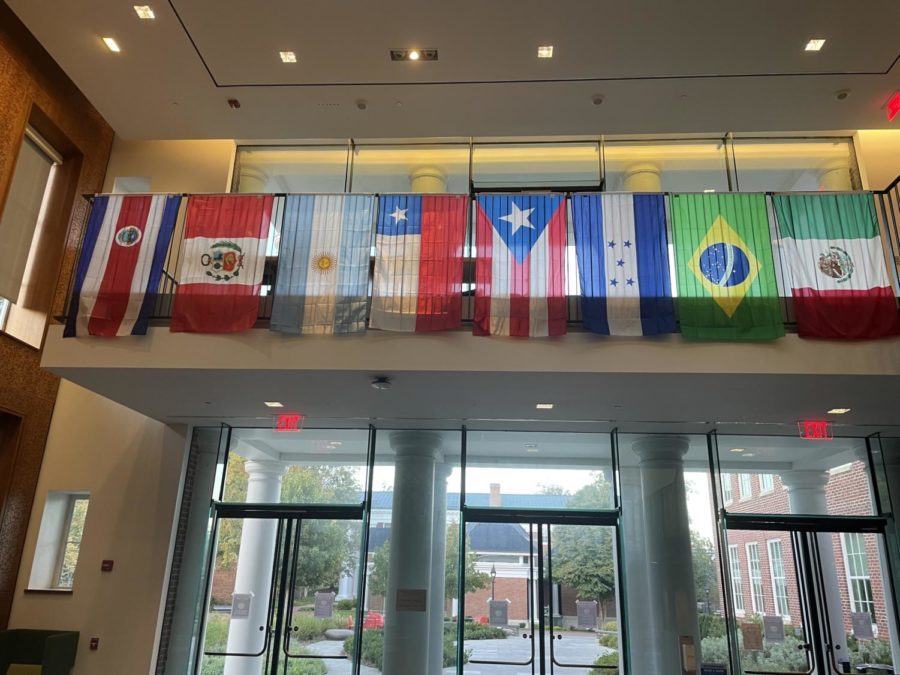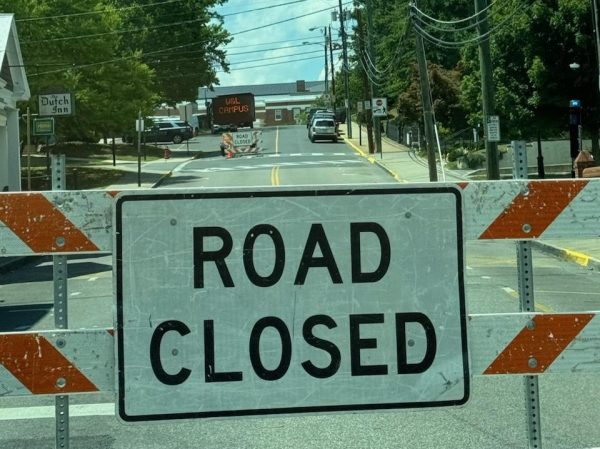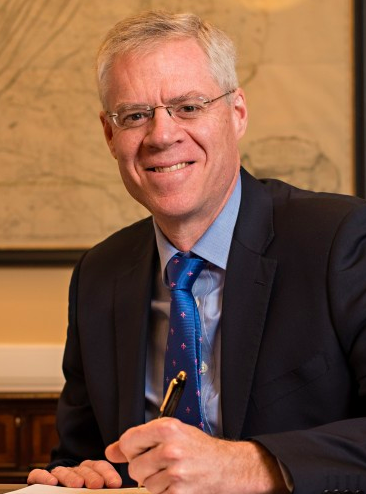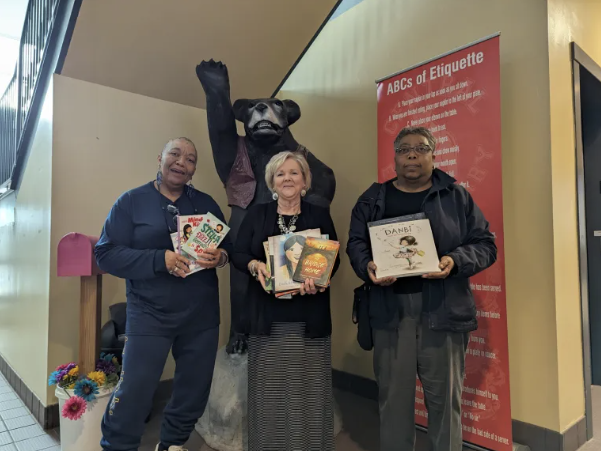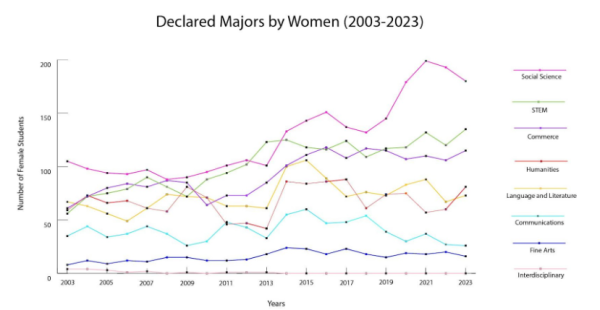Increase in international students on campus sparks more global-themed events
The class of 2025 is W&L’s most diverse class yet, including a record number of international students
The class of 2025 has the most international students in Washington and Lee’s history, with 33 students from 19 different countries on campus. Photo by Brianna Hatch, ’23.
October 12, 2021
This year, the first-year class at Washington and Lee is the most diverse in the university’s history. It also boasts a record number of international students.
With 33 students from 19 different countries, international students make up 7% of the Class of 2025. In comparison, international students only account for 4.6% of the total student body.
Jamal Magoti, ’23, had been the only Tanzanian student at Washington and Lee for the past two years. This year, he met Zainab Madan, ’25.
“I am not only Black, but also international,” Magoti said. “And so, in a predominantly white campus, it is really great to finally have someone from home who can understand you and relate to you.”
Magoti is one of the presidents of the Student Association for International Learning (SAIL). He is responsible for organizing the club’s events.
“We try to host events that have an international learning aspect to them. But sometimes it’s discouraging to see only the same few people show up and see that the community is not receptive,” Magoti said. “Still, we keep trying.”
Over the past few weeks, there have been several events on campus with global themes, including the celebration of the Mid-Autumn Festival, Taste of Asia, a Tanzanian lunch at the dining hall and United World College Day.
Hunter Swanson, director of the center for international education and a faculty representative for SAIL, has been working to develop and support the university’s growing international student population and number of globally-focused programs.
“We want to help SAIL and other international student organizations promote their events,” Swanson said. “I do think that the increase in the number of international students has the potential to change and globalize the culture on campus. We’ve had a 50% increase in international students over last year, which is a pretty great thing to see.”
Associate Director of International Admissions Nicole More says the school is focused on prioritizing increasing diversity on campus.
“That is embedded in the university’s mission, and part of that is expanding the reach of education and opportunities to students of many backgrounds, international but also domestic students of color, for which we have aimed to increase the funding available for students of different socio-economic backgrounds,” she said.
David Gálvez, ’22, is one of the few American citizens that has helped organize International Student Orientation for three consecutive years. He works closely with Swanson to make international students feel welcomed in the community.
He said he hopes to encourage other American students to interact with international students, and attend more global-themed events to create a richer college experience for all.
“To my fellow American peer, there’s a sort of comfort that comes with being in a place that feels like home and relating to people because of the similarities you share, but that limits you from exploring worlds outside your bubble,” he said.
“So, what I would encourage you to do is truly immerse yourself in the wealth of culture that all our peers, not just exclusively internationals, bring to the table. All that to say, make a conscious effort to step out of your routine.”



